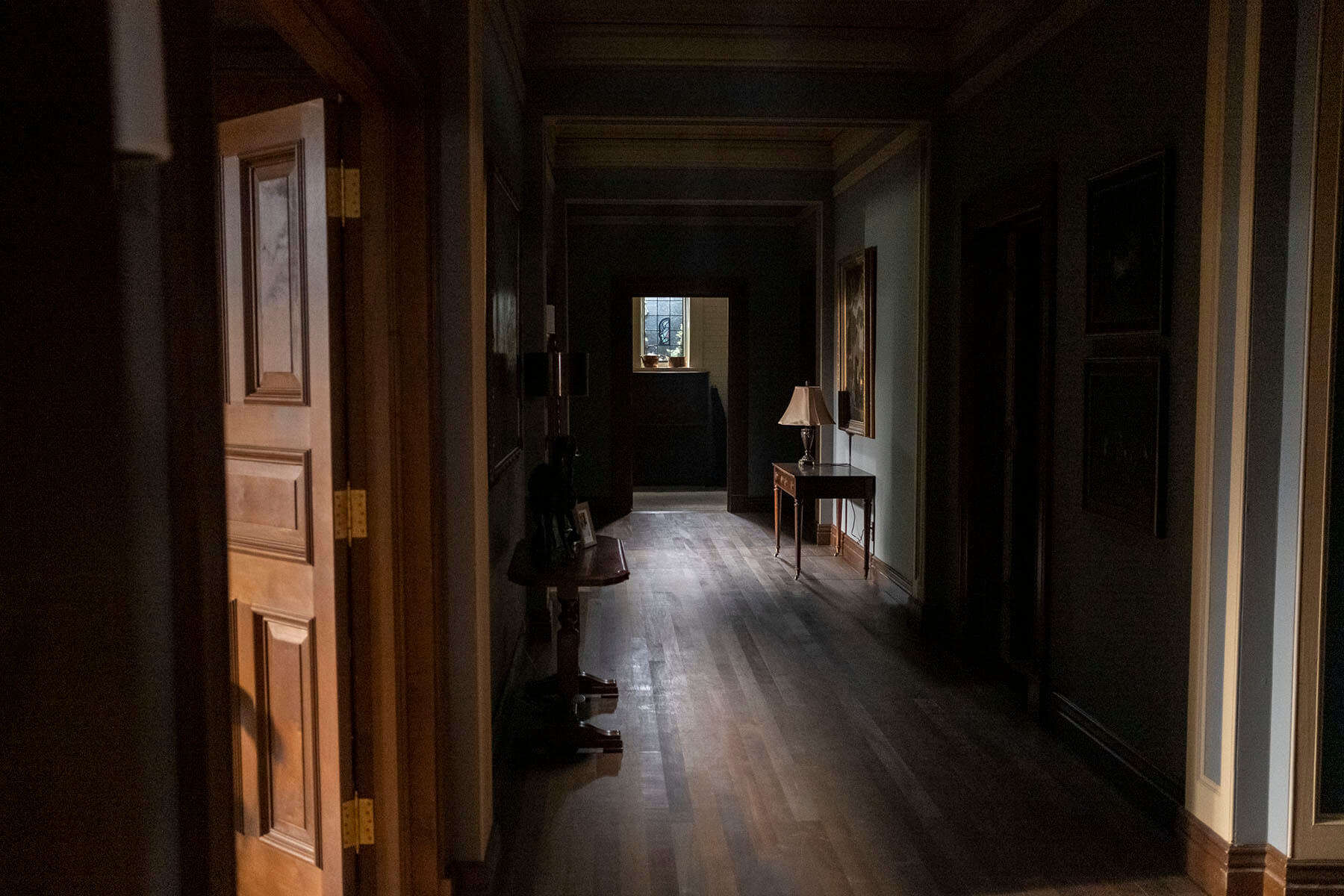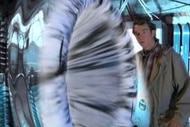Create a free profile to get unlimited access to exclusive videos, sweepstakes, and more!
How your mind can trick you into thinking you've seen a ghost

According to the Pew Research Center, 18 percent of adults in the United States report having seen or been in the presence of a ghost. Those numbers, taken in 2015 from a sample of just over 2,000 participants, indicate that one of every five of you have had some experience you consider a ghostly encounter. Are a fifth of us living in Bly Manor? What's the deal?
Let’s get this out on front street: It is not this author’s belief that ghosts exist. There is no good, verifiable evidence of the existence of an eternal soul or an afterlife of any kind, a prerequisite for the existence of visiting spirits.
However, that hasn’t stopped me from, on occasion, seeing things out of the corner of my eye, hearing the laughter or talking of unseen voices, or feeling a presence when none was there. Even still, despite a robust skepticism of the supernatural, I struggle not to run up the basement stairs at night or check behind the shower curtain. I've always wondered what I'd do if I found someone, or something, there.
These experiences, while interpreted in different ways across various demographics and cultures, are almost universal. The variation in interpretation of these events offers two possible solutions: Either ghosts are real and they are different, depending on local or cultural lines, or we are the ones who are different, and we’re collectively inventing these experiences from singular phenomena. The question then becomes not whether ghosts exist (something that is unlikely but probably ultimately unknowable) but what’s happening in our minds to convince us, even only in our secret hearts, that they do?
There are a number of different things going on in your mind and body that result in seeing, hearing, or sensing an otherworldly presence, but they all more or less tie back to one primary process — the brain’s ability (or inability, as the case may be) to discriminate between internal and external stimuli.
GHOSTS FROM WITHIN THE MACHINE
Seeing a ghost, the image of a person who by all accounts isn’t actually there and is most probably deceased, fits just about every definition of a hallucination. Both visual and auditory hallucinations, which would account for both seeing ghosts and hearing malicious voices, are correlated pretty strongly with schizophrenia. That’s not to suggest that everyone who experiences these sorts of hallucinations has schizophrenia or any other disorder of the brain. All sorts of people experience hallucinations. What it does suggest is a correlation that allows us to study the mechanisms that might contribute to these ghostly experiences.
In a study published in Psychological Medicine, researchers found that patients who experienced auditory or visual hallucinations had a decreased ability to differentiate between internal and external stimuli when compared to control participants. They tested this by measuring subjects' responses to tactile stimulation — both self-administered and externally produced. In short, they asked participants to tickle their left palms and report the response. They then mimicked the stimuli using an outside source and reported that response.
In neurotypical individuals, there is a variance between the two stimuli. It’s the reason people usually can’t tickle themselves. This is because the brain has a way of anticipating the stimuli, coding it as internal, and dampening the effect. This also plays into our ability to think of ourselves as contained individuals. When this process breaks down, the brain begins to interpret internal stimuli as external. Sounds and images that would typically exist only inside our own thoughts are interpreted as coming from the outside world.
A closely related phenomenon is that of hypnagogic and hypnopompic hallucinations. These are hallucinations that occur while falling asleep and while waking up, respectively.
The prime difference here, of course, is that these don’t occur during full wakefulness. As a person descends from wakefulness into sleep, or from sleep into wakefulness, the brain undergoes a reorganization of function. In most instances, this occurs in a structured way, but sometimes certain systems wind down while others remain active.
It’s likely you’ve experienced this, to some degree, before. Up to 70 percent of the population has experienced hypnagogia or hypnopompia. If ever, while falling asleep, you’ve seeing geometric shapes or flashing lights, or have heard voices or music as if it’s in the room with you, that’s hypnagogia. Likewise, dreams bleeding into the first moments after waking is hypnopompia. While abstract visual and auditory sensations are most common, feelings of a presence in the room with you can also occur.
These are the result of sleep-time brain processes overlapping conscious experience, just a little. When that overlap becomes larger, that’s when things can get spooky.
During REM sleep, your body goes into a state of paralysis, to prevent you from acting out your dreams. Roughly 20 percent of the general population have episodes of sleep paralysis, wherein an individual is consciously awake, but still paralyzed as if they were in REM sleep. Sometimes, elements of REM sleep can bleed into the onset of wakefulness. When this happens, those internal signals can be interpreted as external.
The terrifying result of which is the sense that someone is in the room with you, standing in the corner, or hovering over you, or sitting on your chest. You find it hard to breathe. And you can’t move. We've all seen this exact scene in countless horror movies.
Mirror neurons may play a role in these experiences where a presence is sensed, both during sleep paralysis and in full wakefulness.
Ordinary neurons fire when you yourself are doing something, while mirror neurons have a similar function, except they fire when seeing or imagining someone else doing something. The larger group of neurons fires when you eat an apple, the smaller subset of mirror neurons fires when you see someone else eat an apple.
It’s your brain’s way of processing what it might be like to be someone else. They allow us to interpret and predict the actions of others, a useful survival tactic. In short, to a small degree, your brain interprets the actions of others, real or imagined, as if they were happening to you. The signals are the same, the difference is how those signals are regulated inside the brain.
When those wires get crossed, a few things can happen. In some cases, people mimic the actions of others. External actions become internal. Feelings of presence can occur when that coin is flipped. Internal actions, thoughts, or feelings are attributed to an external source, even when none exists. You might get the sense that someone is walking right behind you, following your every move.
Our brains are incredible things, perhaps the most wonderful three pounds of electrified meat on earth, but with complexity comes the opportunity for failure. Our minds work by taking in imperfect stimuli and translating it into a cohesive picture of our environment. We’re always searching for patterns, making signals out of static, and viewing those signals through a distorted personal lens of culture and experience. It’s no wonder those signals sometimes come out wrong.
It’s very likely that ghosts do not exist, but it’s absolutely true that we have ghostly experiences, and the only way that makes any sense is if the calls are coming from inside the house. Take whatever comfort you can from that.


























